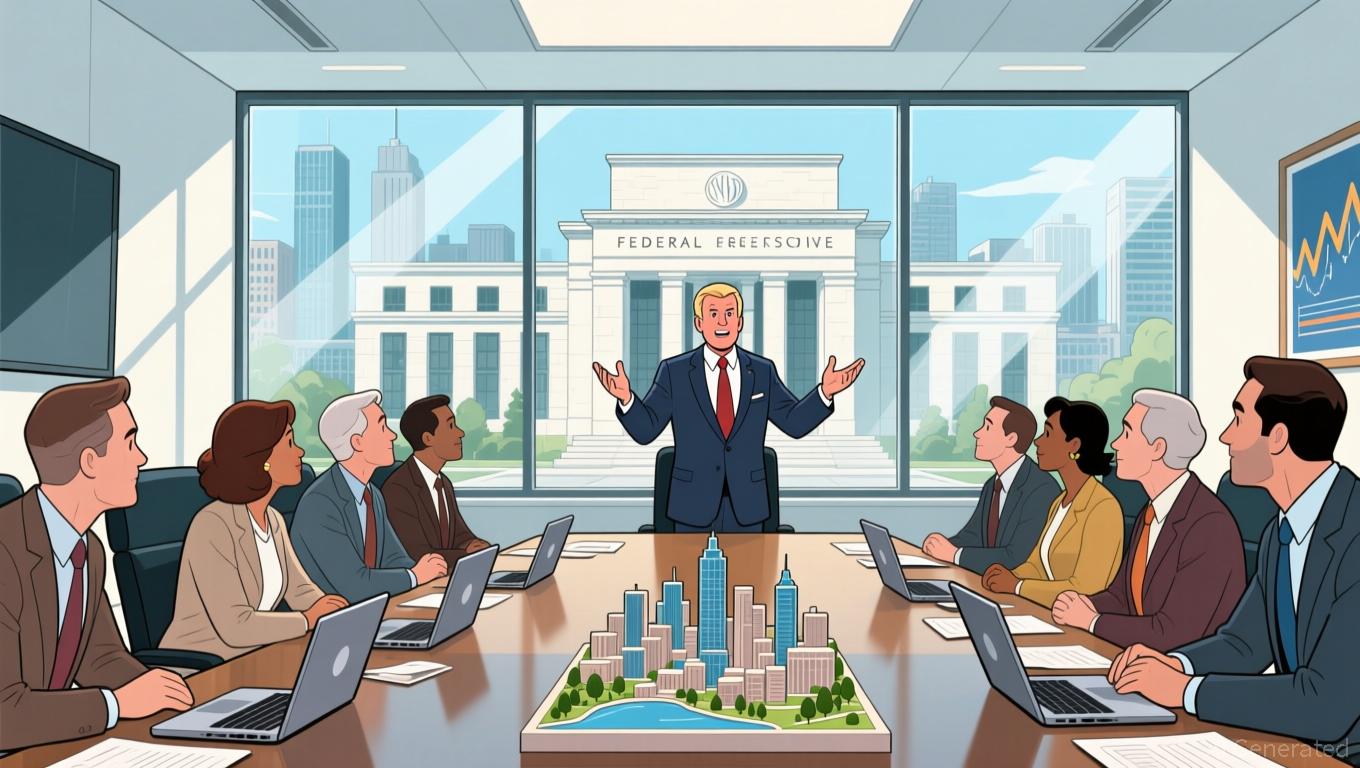End of Privacy in Cryptocurrency as United States Adopts International Tax Standards
- The White House reviews a Treasury proposal to align U.S. crypto tax rules with the OECD's CARF framework, enabling IRS access to Americans' foreign crypto transactions. - CARF, adopted by 70+ jurisdictions including G7 nations, mandates automatic cross-border crypto transaction reporting to combat offshore tax evasion. - The framework would require foreign exchanges to report U.S. crypto holdings to the IRS, mirroring FATCA for traditional accounts while exempting DeFi transactions. - Domestic crypto ov
The White House has started an in-depth evaluation of a Treasury Department plan that would bring the U.S. in line with the international Crypto-Asset Reporting Framework (CARF). This initiative would allow the IRS to monitor Americans’ overseas crypto transactions and aims to reduce offshore tax avoidance. The draft regulations,
Established by the Organization for Economic Cooperation and Development (OECD) in 2022, CARF is an international pact requiring member states to automatically share digital asset information to fight tax evasion.

The Trump administration’s advocacy for CARF is detailed in a July document from the President’s Working Group on Digital Asset Markets. The report stressed that joining CARF would “deter U.S. taxpayers from shifting digital assets to foreign platforms” and help U.S. exchanges stay competitive worldwide
Within the U.S., the IRS has already increased its scrutiny of cryptocurrency activities. From 2026, centralized crypto exchanges will be obligated to report trades using Form 1099-DA, a requirement designed to boost tax reporting.
For Americans, the adoption of CARF could mark the end of anonymous crypto ownership. By 2027, those with digital assets on foreign exchanges may face the same level of IRS oversight as with traditional bank accounts, sharply limiting tax evasion opportunities. Still, privacy advocates and some in the crypto sector have
The proposed regulations are now pending final sign-off from White House officials, with implementation expected to align with the global 2027 timeline. If approved, this would represent a major transformation in U.S. digital asset oversight,
Disclaimer: The content of this article solely reflects the author's opinion and does not represent the platform in any capacity. This article is not intended to serve as a reference for making investment decisions.
You may also like
Bitcoin Updates: Michael Saylor Continues to Acquire BTC Despite Market Slump, Holdings Remain Robust
- Michael Saylor's MSTR added 8,178 BTC ($835.6M) in November, boosting total holdings to 649,870 BTC valued at $48.37B despite Bitcoin's 7-month low below $95,000. - Strategy's BTC purchases remain profitable with average cost ($74,433) far below current $90K+ price, while unrealized gains persist through market downturns. - Saylor defends Bitcoin as "exponential treasury asset," rejecting sell rumors and hinting at "surprising" activity despite MSTR's 35% YTD stock decline and below-1 market-to-NAV ratio

Panic or Opportunity? As Legal Challenges and Economic Uncertainty Converge, Crypto and Stock Markets Waver
- Crypto markets hit "extreme fear" as Bitcoin's $100k failure sparks broad sell-off, compounding equity turmoil from lawsuits and leadership crises at Primo Brands and WPP . - Primo Brands drops 9% after CEO forced out over integration failures, now faces securities class action; WPP plunges 18% amid fraud allegations and CEO transition. - Fortinet's 22% stock crash follows delayed firewall upgrade disclosure, triggering legal scrutiny; Whirlpool reports strong earnings but remains down 38.7% year-to-date
Trump’s Federal Reserve Strategy: Hassett’s Proposed Reductions Face Resistance from Central Bank Prudence
- Trump plans to nominate Kevin Hassett as Fed chair, prioritizing aggressive rate cuts over Powell's cautious approach. - Hassett's market-driven policies face political risks, with internal resistance warning against destabilizing Fed independence ahead of 2026. - Fed officials remain divided on rate cuts, balancing inflation control against weakening labor market signals. - Critics argue Trump's focus on short-term cuts risks inflation, while Bessent's post-Thanksgiving recommendations will shape U.S. m
